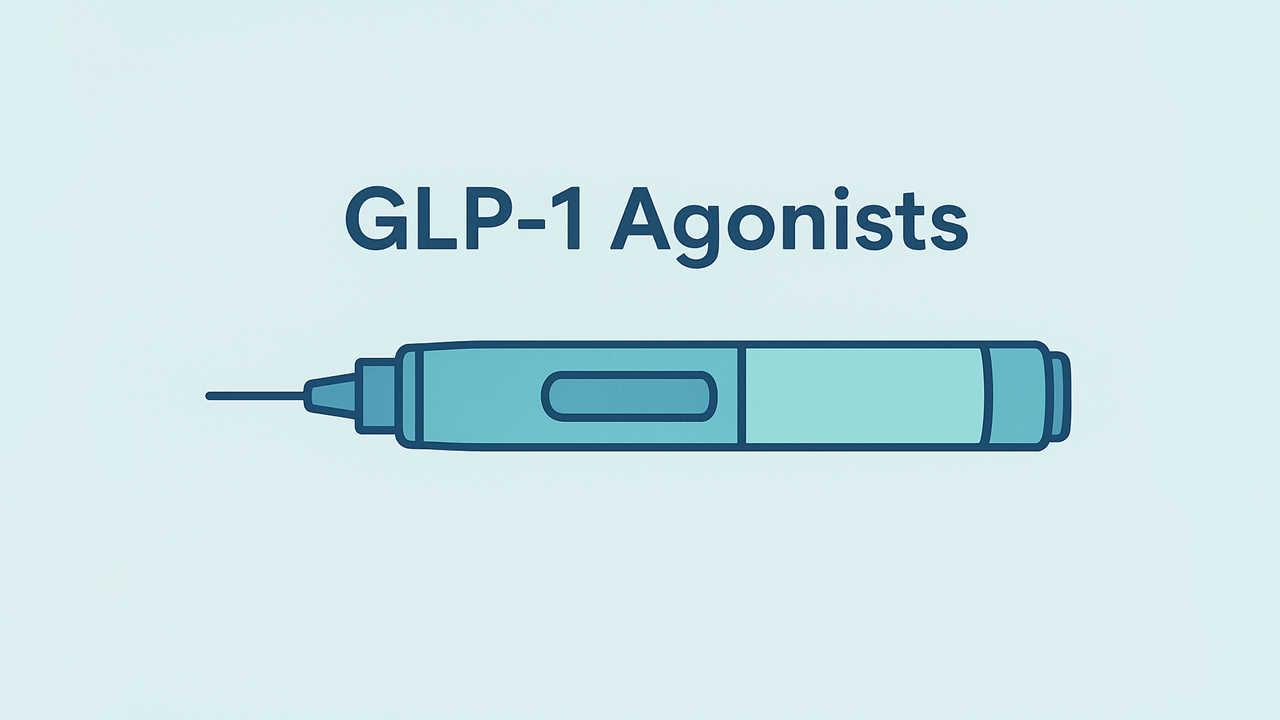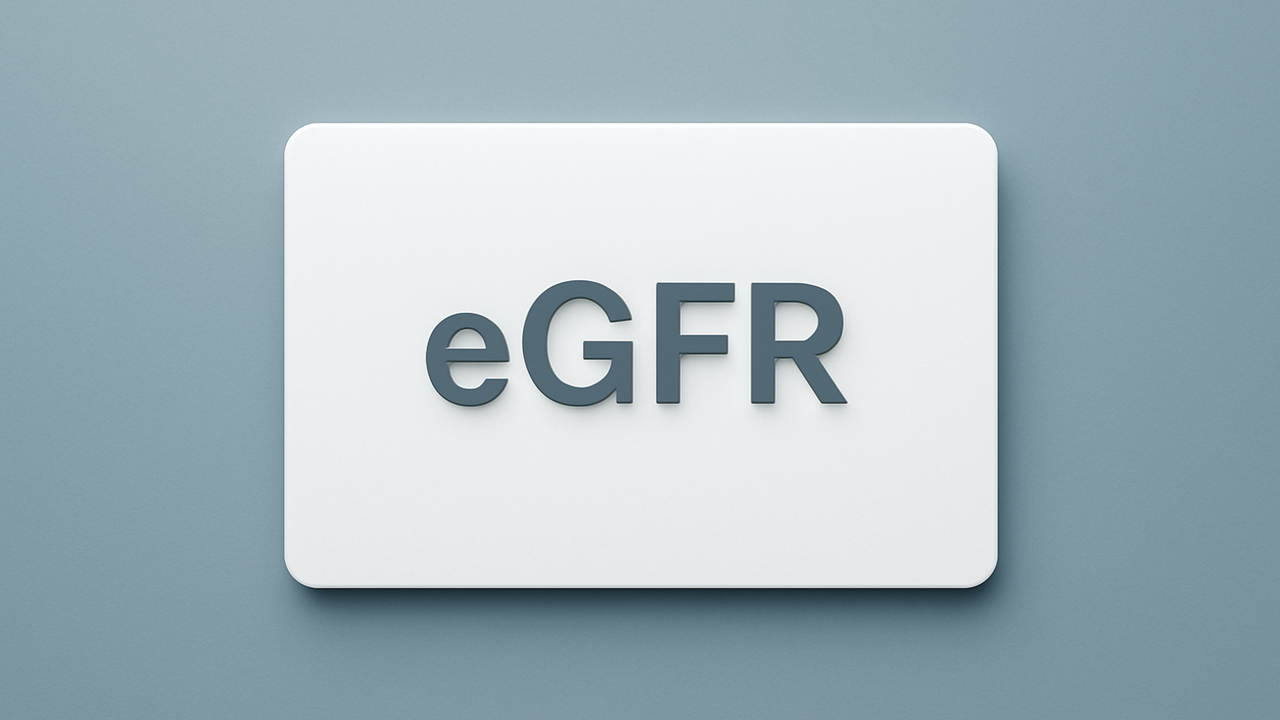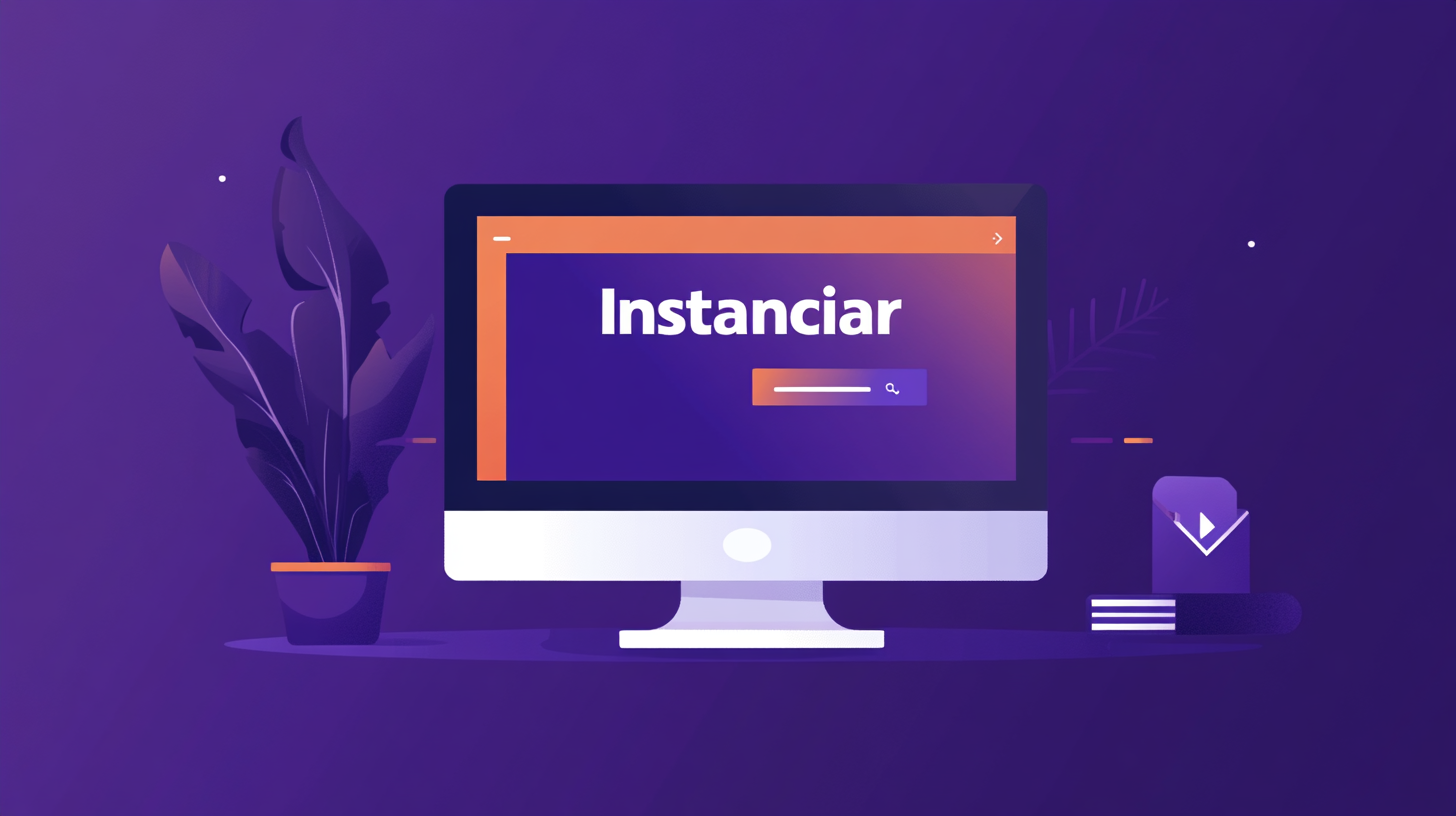Mastering ChatGPT: Advanced Prompting Tips for Better AI Responses
ChatGPT, powered by advanced large language models (LLMs), has revolutionized how we interact with AI—enabling tasks like answering questions, brainstorming ideas, writing code, and crafting stories. Yet achieving consistently high-quality outputs from ChatGPT doesn’t happen by accident. It’s all about how you prompt the model. A well-crafted prompt can make the difference between a vague or lackluster answer and one that’s richly detailed and precisely on-target. As one expert observed, “ChatGPT’s output quality is a direct reflection of the clarity and specificity of your prompt.” This comprehensive guide explores advanced prompt engineering strategies any user—new or experienced—can apply to get better responses from ChatGPT.
Why Effective Prompting Matters: ChatGPT might seem incredibly intelligent, but it cannot read your mind. If your request is ambiguous or under-specified, the system’s best guess may disappoint. By contrast, thoughtful prompts with clear context and constraints enable ChatGPT to focus on what you truly want. Mastering prompt engineering transforms ChatGPT from a passable Q&A bot into a powerful AI assistant—capable of generating everything from curated lesson plans and well-explained health tips to sophisticated financial analyses or Python debugging sessions.
Foundational Principles of Prompt Engineering
Good prompting rests on a few core principles. By following these guidelines, you’ll dramatically improve the usefulness, clarity, and depth of ChatGPT’s responses:
1. Clarity & Specificity
Always provide clear instructions that detail exactly what you want. Avoid broad questions like “Explain quantum physics,” which can yield generic answers. Instead, specify details, constraints, or the angle you want.
Example:
Weak Prompt: “How do I reduce stress?”
Stronger Prompt: “Act as a mindfulness teacher. Suggest a quick, 10-minute daily routine to lower stress during my workday.”
2. Provide Context or References
When dealing with complex issues or specialized domains, supply relevant context or data. This might include excerpts, a short summary of your situation, or disclaimers about your existing knowledge. By grounding ChatGPT in specific information, you reduce the risk of it “hallucinating” answers.
Example:
“Here’s a short excerpt from a research article about new diabetes treatments. Summarize the key findings and their implications for patients in 200 words or fewer.”
3. Assign a Role or Persona
Guide ChatGPT’s style and expertise by telling it who to be. For financial advice, prompt it to “act as a seasoned portfolio manager.” For cooking tips, “act as a professional chef.” This shapes the tone, depth, and vocabulary.
Example:
“Act as a legal consultant. Summarize the potential risks of starting a home-based food business, focusing on licensing and liability concerns.”
4. Set Constraints & Guidelines
Length, format, style, or level of detail can all be specified. Ironically, constraints can spark more precise and creative outputs.
Example:
“Write a short press release (around 150 words) announcing our new eco-friendly product line. Keep the tone professional and use bullet points for main features.”
5. Specify Output Format
Want bullet lists, tables, or JSON? Tell ChatGPT. Format instructions save you from reformatting the result.
Example:
“Provide the final data in valid JSON with keys: ‘title’, ‘author’, ‘yearPublished’.”
6. Use Examples (Few-Shot Prompting)
Show ChatGPT exactly what you’re after by giving sample inputs and outputs. This technique—“few-shot” prompting—helps the model replicate your style or approach.
Q: Add 1 + 2
A: The result is 3.Q: Add 5 + 7
A:
ChatGPT sees the example and continues with the same answer style.7. Break Down Complex Tasks (Chaining)
For multi-step requests, either outline each step in one prompt or do a series of prompts, feeding each answer back into the next. This “chain-of-thought” approach typically yields better accuracy and clarity.
Example:
“First, draft an introduction for my blog post about AI in health care. Then propose three subtopics. Finally, summarize each subtopic in 2-3 sentences.”
Weak vs. Strong Prompts: Examples and Comparisons
Below are real-world pairs of prompts showing how small changes turn a weak prompt into a strong, targeted one.
| Scenario | Weak Prompt | Strong Prompt | Why Better |
|---|---|---|---|
| Productivity | “How can I be more productive?” | “Act as a productivity coach. Give me a 3-step morning routine under 30 minutes to boost my focus and energy.” | Sets a clear role, the desired format (3 steps), a time limit. Clarity = better actionable advice. |
| Career Advice | “Help me get a better job.” | “Act as a career counselor. Suggest 3 career paths for someone with 5 years in marketing, strong writing skills, and interest in tech startups.” | Role assignment + context about the user’s background = relevant suggestions. |
| Social Media Content | “What should I post on TikTok?” | “You’re a TikTok strategist for a Gen Z beauty brand. Suggest 5 trending video ideas for cruelty-free skincare targeting college students.” | Embeds a scenario + target audience + brand details, so the ideas are niche and on-point. |
| Stress Relief | “How do I reduce stress?” | “Act as a mindfulness teacher. Provide a short (under 10 min) daily routine for stress relief at work.” | Constraints (role, time limit) + daily routine format = practical steps. |
| Dinner Ideas | “What can I make for dinner?” | “You’re a chef. Give me 3 quick dinner recipes using only chicken, spinach, garlic, and pasta, done in under 30 minutes.” | Lists exact ingredients + time constraint + number of recipes. |
Advanced Prompt Examples by Domain
1. Health & Wellness Prompts
Summarizing Clinical Research
“Summarize the key findings of the latest research on X in 250 words or less, focusing on outcomes for patients. Provide 2 practical takeaways.”
Personalized Wellness Plan
“You are a nutritionist. Create a 1-week holistic wellness plan for a 40-year-old female seeking weight loss and stress relief. Include daily meals + 15-minute relaxation tasks.”
Simple Medical Explanation
“Explain type 2 diabetes to a newly diagnosed patient in 100-150 words, using an approachable, hopeful tone.”
(Note: ChatGPT is not a certified medical professional, so cross-verify critical info.)
2. Finance & Investment Prompts
Market Analysis Report
“As an investor with 20 years’ experience, provide a concise analysis of the current tech sector. Highlight 2 growth areas, potential risks, and your outlook for the next year.”
Investment Opportunity
“Act as a financial analyst. Identify two promising renewable energy ETFs for long-term investment, with a short rationale each. Present as a bullet-pointed brief.”
Monthly Budget
“You are a financial planner. Design a monthly budget for a family of 3 with $4000 monthly income. Allocate at least 10% savings and list categories in a table.”
3. Programming & Code Generation
Debugging
“I have a Python function for calculating factorials, but it returns None for certain inputs. Here’s the code:\n
\n# code here\n\nAct as an expert debugger, explain the likely cause and how to fix it.”
Refactoring
“Act as a senior JS dev. Refactor the function below to improve performance and readability, and explain your changes:\n
\n// code\n”
Code from Description
“You’re a Python dev. Write a script that reads a CSV of product sales, calculates total revenue per product, and outputs a summary CSV. Include docstrings.”
4. Creative Writing Prompts
Storytelling
“Act as a storyteller for teens. Write a fantasy tale about a cursed necklace that changes the wearer’s emotions, in a magical forest setting. Use a slightly ominous tone.”
Character Development
“You are a character coach. Help me develop a 35-year-old detective with social anxiety, set in modern Tokyo. Outline personality traits, backstory, and a key conflict.”
Style Imitation
“Write a short poem about summer rain in the style of Emily Dickinson—brief lines, slant rhymes, reflective tone.”
5. Education & Research
Summarizing Academic Papers
“Summarize this AI research (pasted below) in 2 paragraphs, focusing on methods and main results, for a non-technical audience.”
Creating Lesson Plans
“Act as an experienced teacher. Create a 60-minute lesson plan for 8th-grade history on the Industrial Revolution. Include objectives, an ice-breaker, key topics, and a short quiz.”
Q&A & Explanations
“I’m confused about supply and demand curves in economics. Explain them with a real-world example as if I’m in Econ 101.”
Prompt Templates & Reusable Structures
Role + Task + Format (RTF)
“Act as a {Role}. {Task instruction}. Provide the answer in {Format}.”
Examples
“Act as an Accountant. Create a monthly budget. Present in a table.”
“Act as a UX designer. Suggest improvements to this landing page. Output 5 bullet points.”
Persona Pattern
“You are a veteran CEO… My request: ‘...’”
Sets a persona or vantage point. E.g., “You are a travel blogger. Plan a 5-day itinerary for Italy focusing on art museums.”
Instructions + Input + Output Format
You are an expert teacher. Using the reference text below, answer the question:
Reference:
"""[some excerpt]"""
Question:
"What is photosynthesis, in simple terms?"
Instructions: Summarize in 2 short paragraphs for a 9th grader.Few-Shot Example Template
Q: Calculate sum of first 3 primes
A: The primes are 2,3,5 => sum=10
Q: Calculate sum of first 3 Fibonacci numbers
A:This example guides the format and method.
Error + Request Template (Debugging)
[Code snippet]
Error: [error message]
As a “Python debugging assistant”, analyze and suggest a fix.Common Prompting Mistakes & Fixes
Overly Vague: “Tell me about AI.”
Fix: “Explain AI in healthcare context, focusing on patient diagnosis.”
Not Providing Context: “What should I do next?”
Fix: “We discussed my marketing plan for organic skincare. Now I need 3 social media strategies to promote it.”
Mixing Many Requests: “Explain quantum mechanics & write a children’s poem.”
Fix: Separate them or specify: “First do X, then Y.”
Accepting First Answer: Always refine if needed. E.g., “Can you elaborate on point 2 more deeply?”
AI Doesn’t Guess Your Intent: If misunderstood, clarify: “Here’s what I meant by X—please revise.”
Ignoring System Role/Custom Instructions
Exploit custom instructions or system messages to set defaults, e.g. “Always produce bullet-lists for suggestions.”
Format or Typos Worries: Don’t stress small errors. If it’s too verbose, just say “Simplify. 2 bullet points max.”
Not Fact-Checking: The AI can be confidently wrong. Confirm if correctness is crucial: “List references or your source if possible.”
Advanced Techniques: Push Prompting Further
Chain-of-Thought Prompting
“Solve the puzzle step-by-step,” or “Show your reasoning first, then final answer.”
Self-Critique / Iteration
“Check your previous answer for mistakes or omissions. Then refine it.”
System Role + Custom Instructions
Set overall style or tone from the start. E.g., “You are a teacher who always uses analogies.”
Few-Shot Patterns for Specific Output
Provide multiple example Q&A pairs to shape responses. The model will mimic that style/format.
Hybrid Approaches (Tool-Simulation)
“Imagine you run this SQL query. The output is X. Now interpret it.”
Great for complex tasks, though the model can only ‘pretend’ without actual DB integration.
Code Block Examples for Prompting via Python
Below is supplementary code to demonstrate how you might interact with ChatGPT via OpenAI’s Python API, using advanced prompt instructions. This code is not part of the previous “deep research” text but is added to give a more complete, functioning usage example.
import openai
openai.api_key = "YOUR_API_KEY_HERE"
def generate_response(prompt_text):
"""
Generates a ChatGPT response for the given prompt_text.
Uses a role + format approach for demonstration.
"""
response = openai.ChatCompletion.create(
model="gpt-3.5-turbo",
messages=[
{
"role": "system",
"content": "You are a helpful assistant that always provides a chain-of-thought explanation before your final answer."
},
{
"role": "user",
"content": prompt_text
}
],
temperature=0.7,
max_tokens=400
)
return response["choices"][0]["message"]["content"]
if __name__ == "__main__":
# Example: Using the advanced prompting principle of role + constraints
# We ask ChatGPT to act as a "career counselor" for a specific user scenario
user_prompt = (
"Act as a career counselor. I have 5 years of marketing experience, strong writing skills, "
"and I'm passionate about tech startups. Suggest three career paths that utilize these talents. "
"Present the suggestions as bullet points, each with a brief rationale."
)
answer = generate_response(user_prompt)
print("GPT Answer:\n", answer)In this sample:
We set a system message instructing the model to always include chain-of-thought.
We supply a user prompt with constraints (3 bullet points, each with rationale).
temperature=0.7controls creativity vs. precision; adjust as desired.The response is printed to console, showcasing how to refine instructions programmatically.
Illustration Placeholder
(Imagine a screenshot showing console output with the structured bullet points from ChatGPT.)
Conclusion
Mastering ChatGPT starts with mastering how you prompt. By writing queries that are clear, context-rich, and well-structured—and by leveraging advanced techniques like chain-of-thought, role assignment, and iterative refinement—you can dramatically boost the quality of AI-generated content. From straightforward tasks (like summarizing a text) to intricate ones (like debugging code or generating creative short stories), ChatGPT’s versatility shines when given thoughtful guidance.
Key Takeaways:
Be explicit about role, context, constraints, and format.
Use few-shot examples or reference text for clarity.
Refine via multi-step or iterative prompts.
Always verify facts if accuracy is critical.
Next time you interact with ChatGPT, experiment with specific roles (“Act as a film critic”), constraints (“In 200 words”), or advanced instructions (“Show your reasoning step by step”). You’ll quickly see how these methods unlock deeper, more customized answers. Happy prompting!
References
OpenAI, “Prompt Engineering: Six Strategies for Better Results”.
Tom’s Guide, “The #1 mistake people make when using ChatGPT…”.
Ethan Mollick, “How to use ChatGPT to boost your writing.”
Valeriia Kuka, “Basic Prompt Structure,” LearnPrompting.org (2025).
And more sources as previously cited in the “deep research.”






























